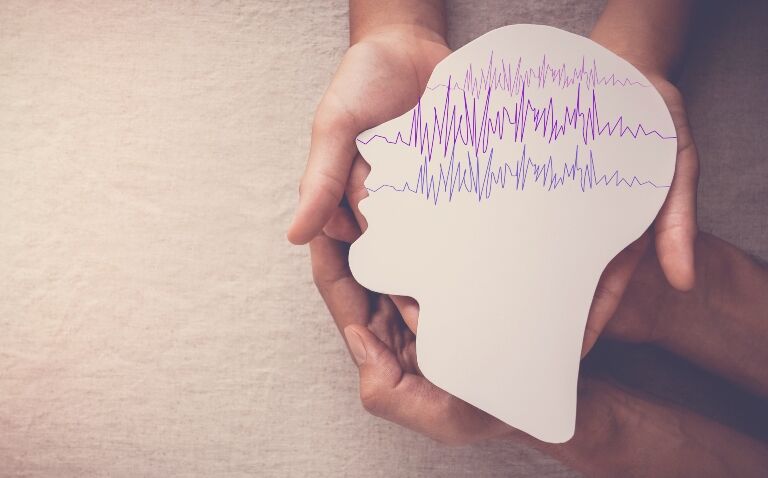A minimally invasive procedure to detect epileptic foci in the brain without the need for surgery has been successfully conducted on a child in the Middle East for the first time.
The cutting-edge stereoelectroencephalography (SEEG) technique was performed on an 11-year-old boy with drug-resistant – or intractable – epilepsy, with the aim of locating the epileptic foci in the brain to pave the way for their future removal.
Carried out at the Neuroscience Centre of King Faisal Specialist Hospital and Research Centre (KFSH&RC), the procedure involves creating 2mm holes in the skull to implant electrical monitoring electrodes directly into the brain.
These electrodes enable precise measurement and mapping of electrical activity, allowing specialists to closely monitor the patient and identify the specific regions where epileptic seizures originate.
They can then determine the specific tissues that need to be removed to eliminate epilepsy seizures effectively, ultimately improving the patients’ quality of life and that of their families.
Discussing the technique, Dr Ibrahim Althubaiti, a consultant at the Epilepsy Integrated Practice Unit at KFSH&RC, highlighted the challenges faced when locating epileptic foci in children as opposed to adults. ‘Unlike adults who can easily comply with instructions, children’s movement can be challenging to control for prolonged periods, posing a greater difficulty in executing the medical procedure,’ he said. ‘Nevertheless, the successful implementation of the SEEG technique allowed us to overcome this challenge.’
In practice, SEEG takes 45 minutes to complete, requires no more than 48 hours of recovery and is 60% less expensive when compared to previously used procedures.
Prior to its introduction, procedures took nine hours to complete and involved the temporary removal of a substantial part of the skull to access the brain for the electrode placement. This carried the risks of pain, infections and potential complications from anaesthesia, as well as considerable recovery time.










